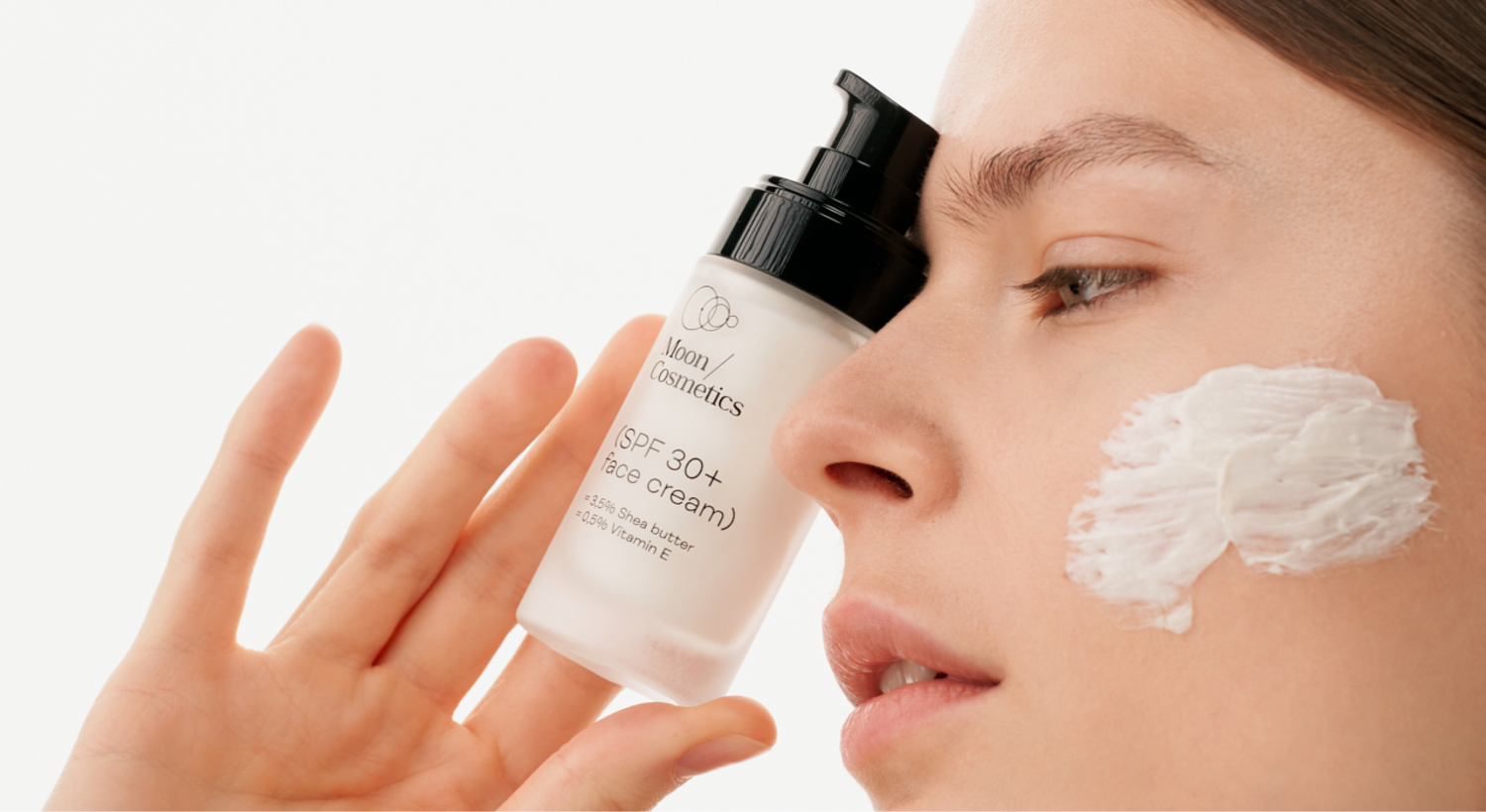Informacijos apie kosmetikoje naudojamas rūgštis yra gana daug. Bet ar pastebėjote, kad nepaprastai lengva pasimesti tarp įvairių rūgščių trumpinių ir gana sunku prisiminti kiekvienos iš jų savybes jūsų odai?
Taigi, aptarkime dažniausiai kosmetikos produktuose sutinkamas rūgštis: AHA, BHA ir PHA.
AHA rūgštys (alfahidroksi rūgštys)
Tai vandenyje tirpios rūgštys, tarp kurių populiariausios yra pieno ir glikolio rūgštys. Jos aktyviausios odos paviršiuje ir puikiai tinka turint smulkias raukšleles, saulės pažeidimus (hiperpigmentaciją) ir netolygią odos tekstūrą. Šios rūgštys gaunamos iš natūralių medžiagų, tokių kaip cukranendrės ar pienas, tačiau gali būti pagamintos ir cheminės sintezės būdu laboratorijoje!
BHA rūgštys (betahidroksi rūgštys)
Tai riebaluose tirpios rūgštys, tarp kurių kosmetikoje dažniausiai naudojama yra salicilo rūgštis. Ji giliai prasiskverbia į poras, tirpdo jose esantį sebumą ir negyvas odos ląsteles, todėl yra idealus pasirinkimas riebiai ir į aknę linkusiai odai. BHA rūgštys ne tik išvalo poras, bet pasižymi ir priešuždegiminėmis bei antibakterinėmis savybėmis. Salicilo rūgštis gali būti gaunama tiek iš augalų, tiek sintetiniu būdu, o pastarasis ir yra labiausiai taikomas kosmetikos pramonėje.
PHA rūgštys (polihidroksi rūgštys)
Tai ypač didelės molekulės, tokios kaip gliukonolaktonas ir laktobiono rūgštis. PHA rūgštys yra naujos žvaigždės kosmetikos pasaulyje. Jos labai panašios į AHA rūgštis, bet yra didesnio molekulinio dydžio, o tai reiškia, kad jos lėčiau prasiskverbia į odą ir yra mažiau ją dirginančios. PHA rūgštys yra puikus pasirinkimas net ir pačiai jautriausiai odai! Skirtingai nei AHA ar BHA, šios rūgštys gaunamos tik laboratorijoje, chemiškai modifikuojant cukraus molekules. PHA gamyba kosmetikos pramonėje yra stipriai kontroliuojama ir standartizuota, kad būtų užtikrinta šių ingredientų kokybė ir saugumas odos priežiūros produktuose.
Kaip jau supratote, AHA rūgštys yra puikus pasirinkimas sausai ir senstančiai odai. Tokiu atveju Moon/Cosmetics specialistai rekomenduoja į savo odos priežiūros rutiną įsitraukti produktus su pieno arba glikolio rūgštimis. BHA rūgštys yra geriausias riebios ir į aknę linkusios odos draugas, tačiau tinkamos ir senstančiai odai. Siekiant į savo odos priežiūros rutiną įsitraukti produktus su BHA rūgštimis, rekomenduojame naudoti produktus, kuriuose būtų bent 2% salicilo rūgšties. Galiausiai, PHA yra tinkamos jautriai ar į egzemą linkusiai odai.
Kiekviena rūgštis turi unikalias savybes, dėl kurių jos yra efektyvios įvairių odos problemų sprendimui. Vis dėlto, nepriklausomai nuo naudojamos rūgšties tipo, svarbu į savo kasdienę rutiną įtraukti apsauginę priemonę nuo saulės su SPF!





